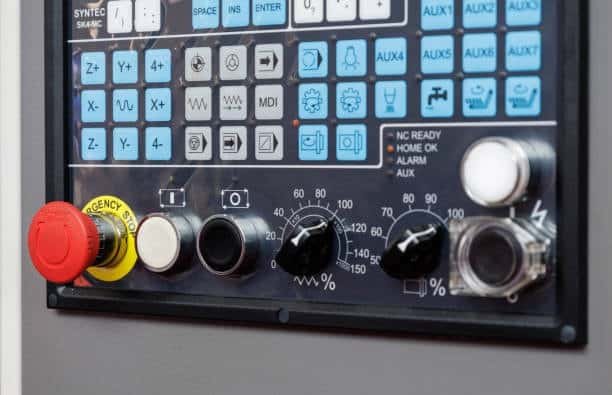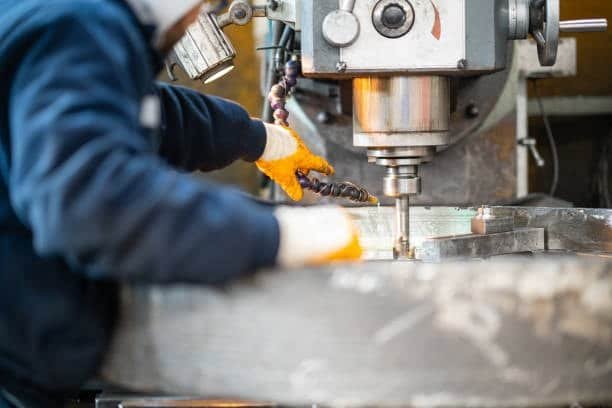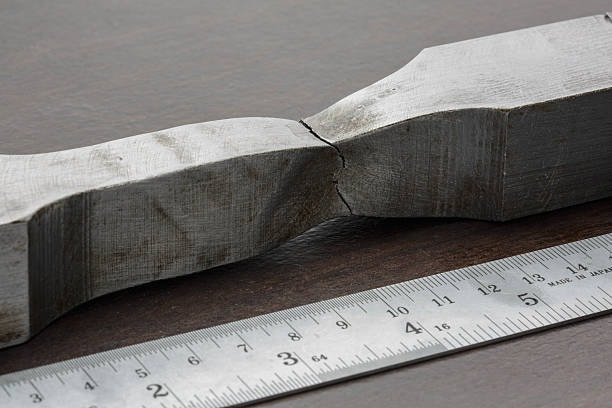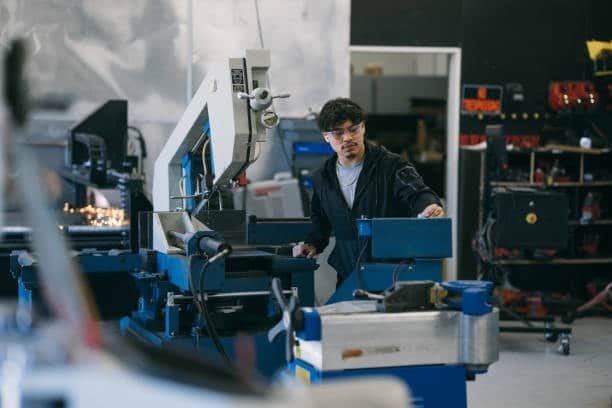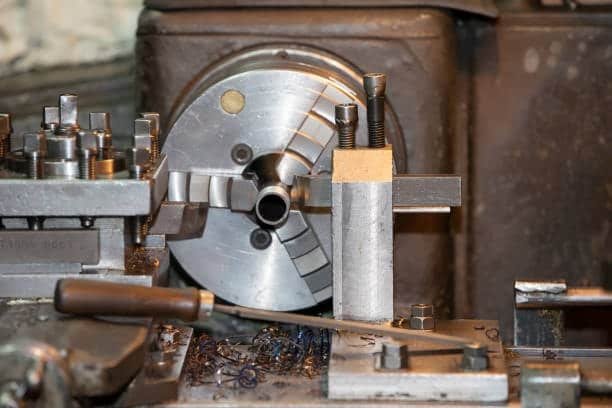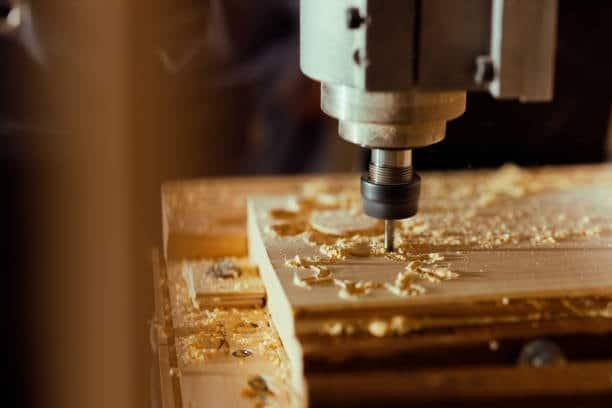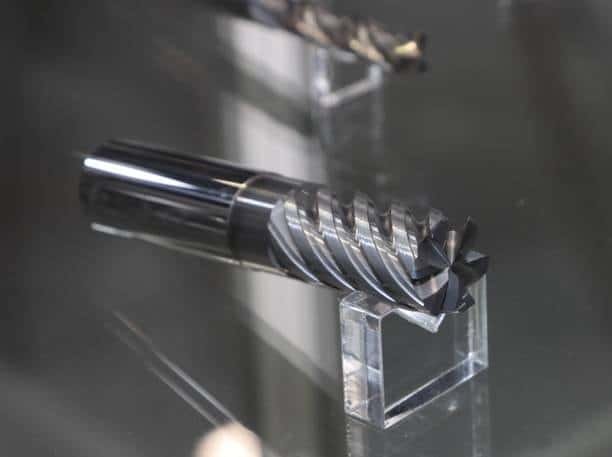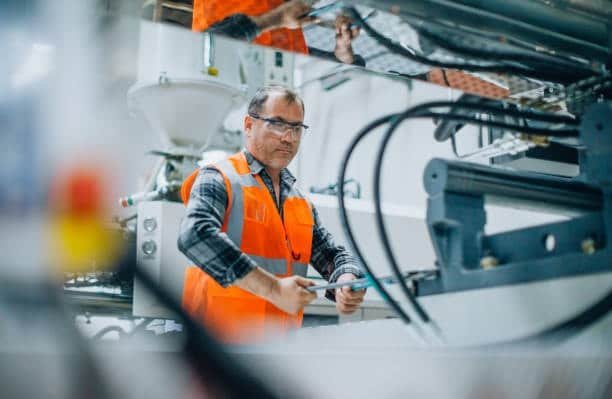Turning On CNC: A Comprehensive Guide to Setting Up and Operating CNC Turning Machines
In short, switching on a CNC turning machine is a series of well-executed stages which include machines preparation, tooling inspection, powering the system, homing the machine and setting the offsets. By taking these steps, manufacturers can give themselves a good chance of making parts accurately with very little chance of making some mistakes or damaging either the machine or the work piece. CNC turning is still one of the most versatile and precise processes of machining with ample potential for the modern manufacturing processes.
In other words, when it comes to turning on a CNC turning machine, a set of well-performed stages follows, namely the preparation step, tooling inspection, power up of the system, homing the machine, and setting offsets necessary. By adhering to these crucial steps, manufacturers drastically enhance the possibility of making accurate, high –quality parts and also vastly reducing the potential for errors and accidental damage to both the machine and the workpiece. The constancy in terms of setup and operation guarantees not only safer workflows, but also superior outcomes in terms of repeatability in production. CNC turning remains to be among the most diverse and accurate machining processes providing great value and prospects for the modern manufacturing settings that expect speed, accuracy, and dependability.

